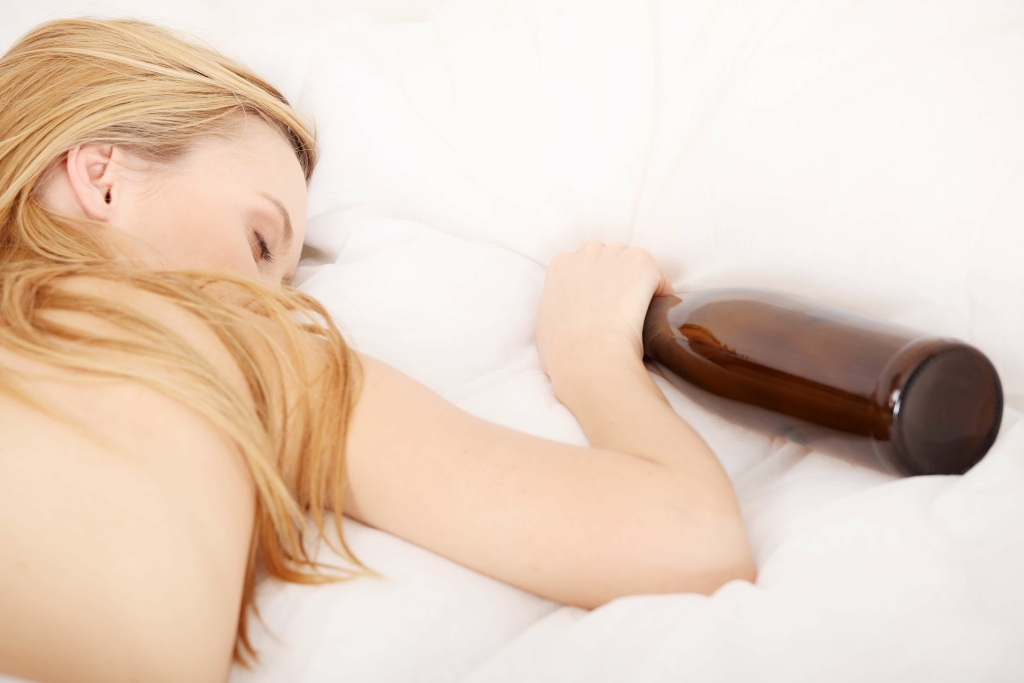Most recently, there has been a movement in nonscientific circles to recognize the ability of these substances to provoke mystical experiences and evoke feelings of spiritual significance. Thus, the term entheogen, derived from the Greek word entheos, which means “god within”, was introduced by Ruck et al. and has seen increasing use. This term suggests that these substances reveal or allow a connection to the “divine within”. Although it seems unlikely that this name will ever be accepted in formal scientific circles, its use has dramatically increased in the popular media and on internet sites. Indeed, in much of the counterculture that uses these substances, entheogen has replaced psychedelic as the name of choice and we may expect to see this trend continue.

How do people take meperidine?

By contrast, the mGlu2/3 antagonist LY had no effect on stimulus control by PCP, and the training dose of PCP was significantly, but incompletely, antagonized by the mGlu2/3 agonist LY379268. The selective mGlu2/3 agonist LY also attenuated the DOI-induced increase in c-fos mRNA in rat mPFC slices (Zhai et al., 2003). Many people remember vaguely that LSD and other psychedelic drugs were once used experimentally in psychiatry, but few realize how much and how long they were used.
- With hospital treatment, however, all eight survived and without apparent residual effects (Klock et al., 1974).
- To date, there have been no published literature relevant to cue-reactivity in addiction populations being treated with psychedelic therapy.
- This therapist was previously listed as a psychologist on MAPS’ website; however, he was not licensed during the time of that study 77.
Psychedelic drug
- Laws regarding psychedelics vary widely—people often seek information on the legal status of different psychedelic substances and recent changes in regulations.
- When mice were administered the lower dose of LSD in combination with the selective 5-HT2A antagonist M100907, LSD-appropriate responding was reduced to approximately 50%, accompanied by a decrease in response rate.
- The present review primarily focuses on the safety and efficacy of psychedelics, as well as the absence of the medical literature on the topic.
- Schmid et al. (2015) found that LSD induced a small but significant increase in BP, heart rate and body temperature in a sample of 16 healthy volunteers with normal values restored at 24 h post-dosing.
- To be diagnosed with a substance use disorder, a person must meet specific diagnostic criteria for continued substance use despite negative consequences.
Minuzzi et al. (2005) used 11Craclopride PET in living pig brain to examine the effects of LSD on dopamine D2/3 receptor binding. They observed an unusual progressive displacement of the PET ligand that only reached a maximum 240 minutes after LSD administration. The authors speculate that “This time course seems consistent with the prolonged psychoactive action of LSD in humans.” Optimal receptor occupancy might be expected fairly quickly after intravenous LSD administration, however, not 4 hours later.
A. Alleviation of Anxiety and Depression in Life-Threatening Illness
Increases in brain perfusion were seen in the left putamen, and right insula, as well as temporal, occipital, and cerebellar regions, compared alcohol rehab to the patient’s baseline scan. These regions have been implicated in the pathology of alcohol addiction, as assessed with functional and molecular neuroimaging, and are key hubs of the mesocorticolimbic dopaminergic reward system (55). 5-MeO-DMT is a short-acting naturally occurring tryptamine that is produced by several plants and the Sonoran desert toad Incilius alvarius; (40). There has been one retrospective survey to date on the use of 5-MeO-DMT in treating individuals with alcohol and other drug use disorders. Of the 1010 participants surveyed with alcohol and drug addiction, 66% of the alcohol and 60% of the drug addiction group reported an improvement in their condition (41). For a full review of studies exploring the relationship between classic psychedelics and alcohol use in humans see Calleja-Conde et al. (39), which shows a positive association in reductions in alcohol addiction as seen observational studies.

This would provide evidence for the ‘molecular-functional-clinical’ translational explanatory bridge, which so far in psychiatric psychopharmacology research has not been conducted, and would provide the most advanced biopsychosocial theory of psychedelics in treating addiction. This research was catalyzed in the middle of the 20th century with evidence coming from case studies, observational and naturalistic research, and more recently modern-era double-blind randomized controlled trials (RCTs). The last decade has seen an expansion into understanding further the mechanism of action of these compounds, using modern biomedical techniques spanning from preclinical molecular biology to in vivo human neuroimaging. This review aims to chart the current evidence for psychedelic therapy, including both classic and non-classic psychedelics, in the treatment of addiction and summarize the current state of knowledge on the mechanisms of action of these compounds. We will finish this review by highlighting several research avenues that could profitably be explored over the coming years to optimize the development of psychedelic therapy for this indication. In fact, psychedelics like psilocybin, ibogaine, and LSD are actively being researched as potential are psychedelics addictive treatments for addiction to substances such as alcohol, nicotine, and opioids.
